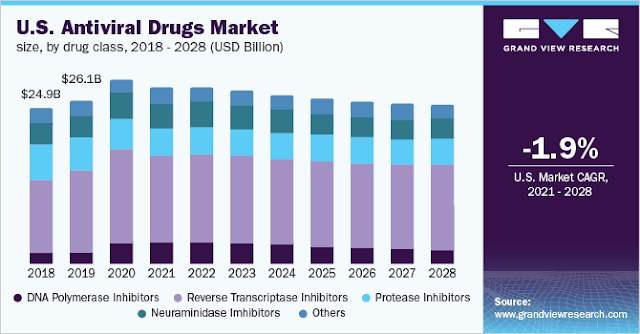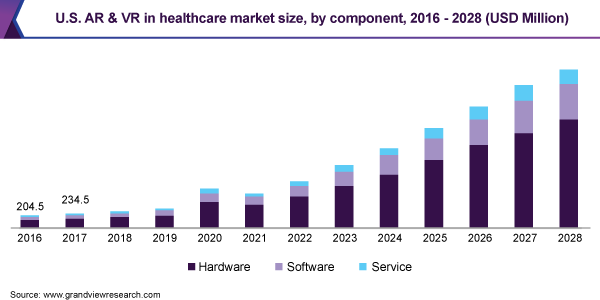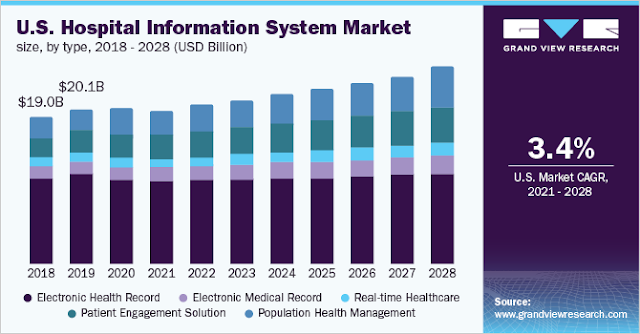Sustainability Assessment, Policies & Regulations, ESG Issues, Infrastructure Developments, Company Profiles, Benchmarking, SWOT, Company ESG Disclosure Scores
The average ESG score for the solar energy generation industry is between 55% and 65%. Our proprietary ESG scoring framework analyzed 65 parameters across the environment, social, and corporate governance, as represented in the methodology section of this document. E.ON SE, Exelon Corporation, and five other market leaders were part of our research. Four of the market leaders ranked above average industry scores. However, one company needs to focus more on ESG reporting and transparency, as it scored well below the industry average. The majority of sustainability-related disclosures are centered on governance metrics, followed by environmental and social disclosures.
E.ON SE leads the sector in terms of ESG disclosure, followed by Exelon Corporation and Equinor ASA.
For More Details: https://astra.grandviewresearch.com/solar-energy-generation-industry-esg-outlook
Environmental insights
Solar energy is one of the most impactful renewable energy sources that have significant potential in driving the energy transition. For example, solar panels can be used to generate clean power at home and reduce the cost of electricity in the long term. Solar panels are also a boon to the environment, as they reduce pollution. A well-built solar system within the premises can also help charge electric cars. Greater use of solar energy can, therefore, lower the need for nonrenewable fossil fuel sources, such as coal, natural gas, and so on. The use of solar power will have an immediate, measurable impact on the environment and provide a good Return on Investment (ROI).
The Exelon Corporation ranks first among the top five companies that have avoided around 78 million tons of GHG emissions through the use of zero-carbon nuclear power.
Overseeing the climate risk strategy is an imperative aspect that needs to be institutionalized. The climate strategy of Exelon Corporation is overseen by a Senior Vice President of Corporate Strategy and Chief Innovation and Sustainability Officer, while Equinor ASA's strategy is overseen by the Safety, Sustainability, and Ethics Committee (SSEC) of its board of directors. Furthermore, E.ON SE is one of the top three companies in the environmental sector, with 86% of sites certified according to ISO 14001.
Social insights
Solar energy generation companies have emphasized various social aspects such as turnover rate, health & safety, diversity, enterprise & employee/customer communications through surveys, and human rights alignment. These areas are essentially the foundation of a company’s social pillar. Our research found that ESG disclosure around social pillars has not been significant, and it has scope for improvement. With respect to social disclosure, E.ON SE leads the way, followed by Duke Energy Corporation and Exelon Corporation.
Among the top three companies, E. ON SE had the lowest turnover rate, which indicates the company has managed its human capital well with high employee satisfaction. All top three companies emphasized safety metrics, which is evident from the health and safety measures that are institutionalized within their operations. In addition to the safety measures, the majority of the companies within the sector also provide employees additional health benefits, including mental health support, programs that support emotional & social health, life coaching, and many other benefits. It was noticed that only one company had 87% of its business units certified to ISO 45001 while the other two did not have safety certifications.
Our assessment showed that all major companies within the sector have conducted comprehensive employee and customer satisfaction surveys.
Governance insights
According to our research, the average industry governance score is 71%, which is the highest among all the ESG pillars. The governance pillar included information on female board members, independent directors, compensation linked to ESG parameters, and clawback policy, among others. The industry leaders scored well above 75% in the corporate governance pillar, with Exelon Corporation scoring the highest, followed by E.ON SE and Duke Energy Corporation.
The corporate governance structure becomes robust with more independent representation on the board. Our research showed that 100% of E.ON SE's directors were Independent directors, while Exelon Corporation had the lowest percentage of independent directors. An inclusive board structure demonstrates the company's commitment to diversity as well.
Exelon Corporation had the highest percentage of females on its board at 33.33% followed by the others.
Country-level insights
The increased popularity of solar energy is quite evident from the rising number of solar energy producers across countries. The top solar power nations, such as China, are heavily reliant on clean energy with their 2030 net-zero target. The increase in clean energy investment has led to new economic and employment opportunities. Incentive policies for solar projects were introduced in the year 2020 across various countries. Few countries have also introduced incentive plans and have defined policies for solar power, which is explained in detail within the report.
Sembcorp Industries Ltd, a Singaporean company, acquired a 98% stake in GCN Capital Partners Infrastructure Fund III and its subsidiary for RMB 3.3 billion (USD 505,560,000).
Request for Free Demo: https://astra.grandviewresearch.com/solar-energy-generation-industry-esg-outlook/request/rs1



%20Terminal%20Industry%20ESG.png)



